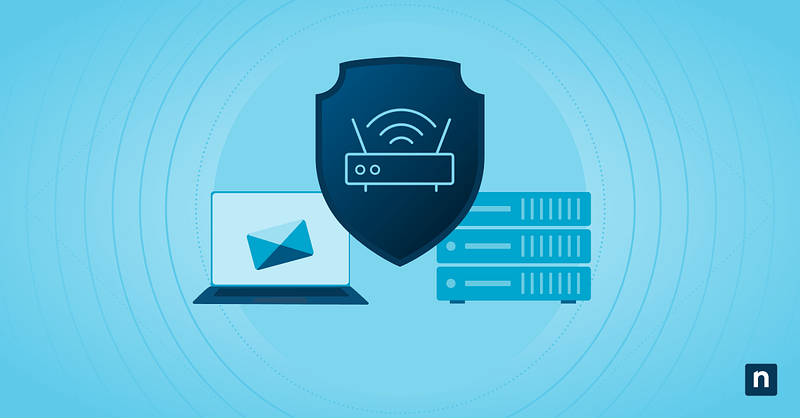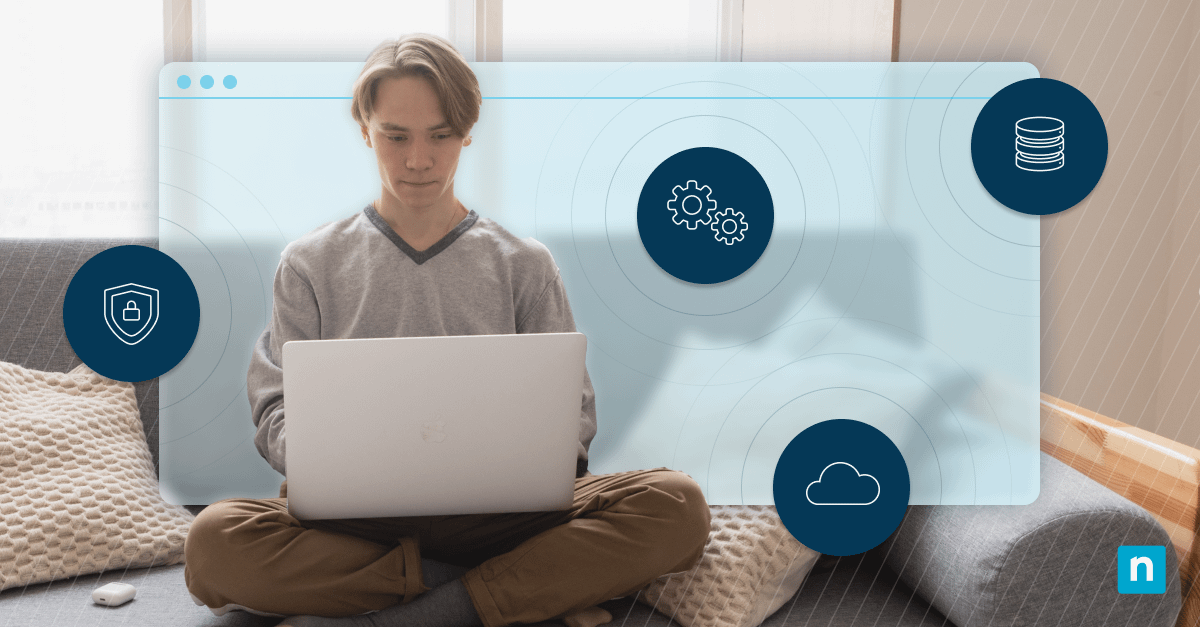Key Points
- Email Archiving vs Backup: Archiving preserves emails in immutable, searchable storage for compliance and discovery; backups focus on short-term recovery and aren’t granularly searchable or optimized for legal/operational needs.
- Compliance & Governance Drivers: Archiving supports regulatory mandates (GDPR, HIPAA, SEC, FINRA), legal holds, eDiscovery, and centralizes data governance—offloading mailbox storage and reducing legal risk.
- Core Solution Features: Essential capabilities include multi-mailbox support, real-time ingestion (journaling, API, or sync), WORM-compliant storage, full-text and metadata search, legal hold, role-based access control, and audit logs.
- Strategic Implementation: Plan retention policies by jurisdiction, department, or client; use least privilege for access; regularly review and align to evolving requirements; ensure archiving tools are compatible with cloud or on-premises email infrastructure via SMTP journaling, mailbox sync, or APIs.
- Backup Integration & SaaS: Pair archiving with robust email backup for disaster recovery—especially in cloud environments (Microsoft 365, Google Workspace)—using unified platforms like NinjaOne SaaS Backup to simplify compliance, restore capabilities, and reduce IT overhead.
- Advanced Considerations for MSPs: For managed service providers, multi-tenant support and archiving across additional platforms (Teams, Slack, Zoom) enable centralized, resource-efficient management while ensuring customer data separation and security.
Sifting through backups from weeks, months, or even years ago to find a specific email conversation is a time-consuming manual task that may not even result in you finding what you’re looking for. Properly implemented email archiving solves this by creating searchable repositories of correspondence that can be used for compliance and accountability, and ensures that your business can find important historical information when it is needed.
This guide provides a framework for IT administrators and managed service providers (MSPs) to plan and implement an effective email archiving process. It includes email archiving strategies, tools, tips, and some of the best ways to ensure messages are stored reliably and securely.
What Is Email Archiving?
Email archiving is the process of preserving emails for future reference. This means immutable, long-term storage that maintains the integrity of emails, while making them readily available and searchable.
Organizations may archive their emails for regulatory compliance, to assist with litigation, or for internal accountability, and increasingly, to ensure the full value of all data generated by a business is fully realized before it is discarded. Email archiving strategies will vary depending on these goals, but all involve the same technologies and core processes.
Email Archiving vs. Email Backup
Email archiving is not the same as email backup. Backups are intended for disaster recovery, and are not inherently searchable. Backups are held for shorter periods of time, with the aim of being able to restore the most recent valid backup in case of an incident.
Another key difference is availability: restoring an entire backup to access a historical email would require administrative access to the backups and an environment to restore to, which would be both inefficient and may not even yield the intended results. Email archiving solutions allow end users to search correspondence with the required permissions, rather than having to be granted full access to all data.
| Feature | Archiving | Backup |
|---|---|---|
| Purpose | Long-term storage, compliance, and search | Redundancy, recovery from data loss, infrastructure outages, and corruption |
| Retention Span | As long as required | Short-term (usually 30-180 days) |
| Storage Format | Indexed, immutable | Compressed, encrypted |
| Legal Hold Support | Yes | No |
| Search Capability | Granular and metadata-based | Limited or unavailable |
| User Access | Role-based | Typically admin-only |
While backups and archiving are separate concepts, there are unified solutions that cover both, ensuring efficiency while also making sure the specific requirements for each are fully met.
Why is email archiving required? What are the benefits?
Email archiving is implemented by organizations for compliance purposes, to assist with ongoing litigation, and to improve internal data governance and processes.
For example, privacy laws such as GDPR require organizations to retain certain types of data for a period of time, and ongoing legal action may require that relevant communications be preserved for eDiscovery in a way that they cannot be modified (possibly for years), with audited access. While a legal hold on communications is a feature of many email services, email archives can be stored outside live email servers, where they can’t be tampered with or use up limited mailbox space. They can also be secured and encrypted in line with regulatory and data protection requirements.
| Email Archiving Use Case | Description |
|---|---|
| Regulatory Compliance | Retain communications for regulatory compliance (e.g, SEC, FINRA, GDPR, HIPAA, etc.) |
| Legal Discovery (eDiscovery) | Quickly search, export, and preserve records during litigation |
| Operational Efficiency | Offload storage from mail servers and reduce mailbox sizes |
| Data Governance | Centralize retention and ensure consistent policy enforcement |
Centralized email archiving also assists with long-term business goals: historical conversations with customers can yield valuable information. For example, email archives could be processed using new AI tools to find trends and patterns that may identify new opportunities. Old emails can also be a simple, but useful reference — answering questions like ‘Who did we hire to repair the office printer two years ago?’.
What is the best way to archive emails? Key features of a comprehensive archiving solution
A comprehensive email archiving solution should meet the unique operating and regulatory environment of your business, including compliance, retention, security, and discoverability features, and will include the following capabilities:
- Support for multiple mailboxes, with the ability to archive messages across users, groups, and aliases
- Real-time journaling, API, or sync-based ingestion to ensure all data is captured at the time of creation
- Immutable WORM-compliant storage, with enforced retention and no user-level modification
- Full-text indexing and metadata search by keyword, sender, date, attachment type, and metadata
- Legal hold and eDiscovery features to prevent deletion during litigation, and tag and export email data with a full chain of custody
- Role-based access control (RBAC) and audit logs
Unified email archiving solutions can provide this functionality out of the box; however, it is also possible to assemble your own solution and self-host it on your own infrastructure.
Additional advanced features to consider based on your use case and resources may include automation (including the automation of retention schedules by department, subject, or content type) and the ability to export to specific formats (for example, some regulations will stipulate that all documents be provided in a standard format like PDF), with included audit information.
If you are an MSP that handles the email infrastructure for multiple organizations, you may also want an email archiving platform with multi-tenant support, allowing you to efficiently manage all of your customers’ email, while keeping their data separate.
Email archiving planning and implementation strategy
Email archiving can be performed on emails hosted on your own on-premises or self-managed email services (e.g., Microsoft Exchange servers), or on managed services where all the hosting and maintenance are taken care of by a cloud provider.
Many businesses take advantage of managed email services for the reduced infrastructure and operational overhead. These cloud services (including Microsoft 365 and Google Workspace) operate under a shared responsibility model, which puts the provider in charge of keeping their infrastructure available and secure, and leaves you with the responsibility for protecting the data on it.
This is an important factor for email archiving, and means that cloud-hosted email archives must be backed up or part of a hybrid archive/backup strategy.
When planning your email archiving policy, carefully consider document retention rules that can be applied per region/jurisdiction, department, client, or other category. You should also define user roles, ideally following the principle of least privilege (PoLP) to enforce who can manage, view, and export archived data. These policies should be periodically reviewed to ensure they meet evolving requirements.
Email archiving solutions will need access to your email infrastructure to capture messages. There are several primary options for this:
- SMTP journaling: Captures all email traffic in real time
- Mailbox sync/connectors: Useful for point-in-time captures or user-level restores
- API-based capture: Increasingly used with Microsoft Graph and Google APIs for flexibility
Once the connectivity capabilities of your email host have been established and a suitable email archiving solution has been found, you can configure it to meet your retention policy requirements and define the scope of your archiving. When deciding where to store your archives, you can consider cloud-based storage, a hybrid of cloud- and on-premises storage, or whether you want archives stored 100% on your own local infrastructure.
Email archiving and compliance
Each region has its own regulations, each with its own requirements. It is your responsibility to consult with experts when planning your email archiving strategy to ensure the processes and technologies are compliant with the regulations that cover both your business and the individuals whose data you will be handling.
For example, GDPR grants the subjects of data certain rights, including the right to request that data about them be corrected or deleted (though, this can be overridden due to legal or regulatory requirements, for example during litigation), HIPAA requires that all data be encrypted in transit and at rest, and FINRA regulations require certain records be retained for a 6-year period.
Effective email archiving tips
There are non-technical factors to consider in your email archiving strategy as well: you may want to integrate archiving of data from other communications platforms such as Microsoft Teams, Slack, and Zoom, and at every stage, end users must be made aware of which of their communications are retained and for what purpose.
Email archiving can be a resource-intensive process, both in setting up and maintaining systems, and ensuring visibility into its operational effectiveness and compliance. This complexity is compounded when you need to add in additional communication platforms and ensure that all archived data is also backed up for disaster recovery purposes.
NinjaOne SaaS Backup solution can form part of your Microsoft 365 and Google Workspace backup and archiving strategy, covering data that is often not captured by native backup features. NinjaOne strives for compliance with major data protection laws, further reducing the burden on tech teams and MSPs. Securely restore a single email, an entire mailbox, or your entire email infrastructure through our unified dashboards.








